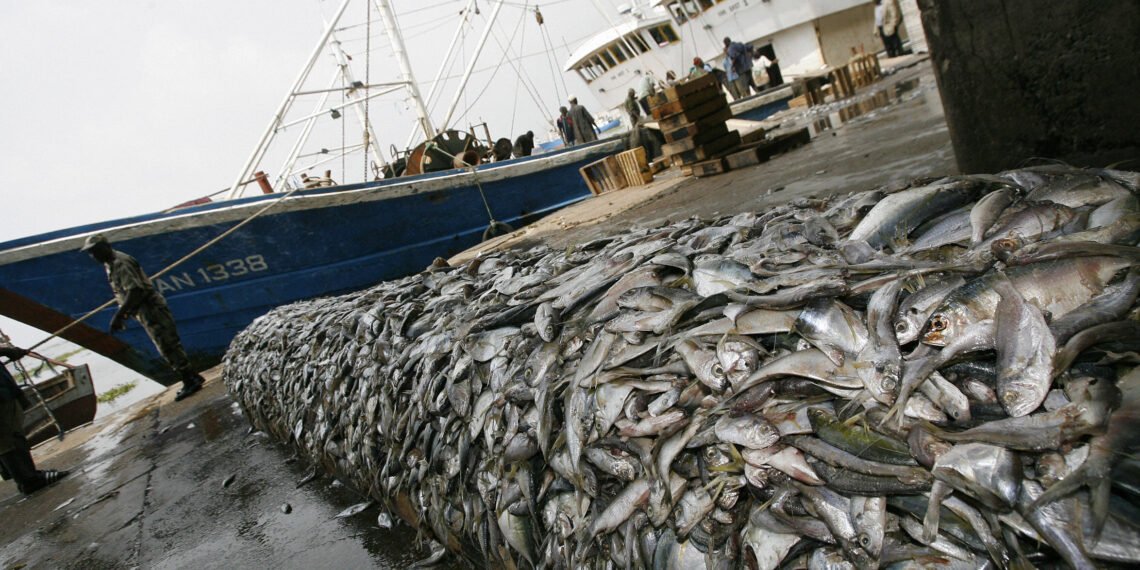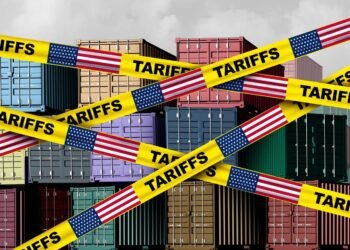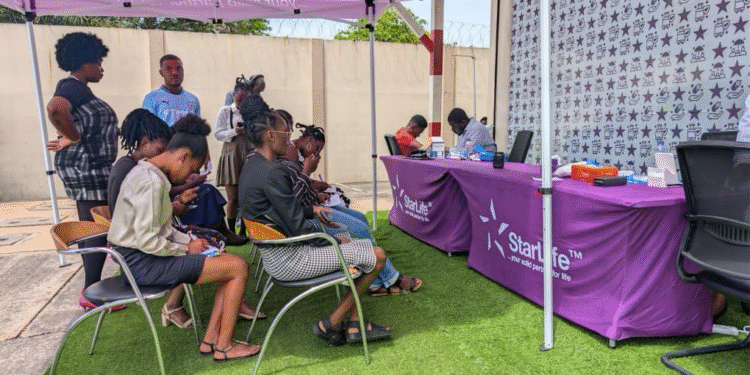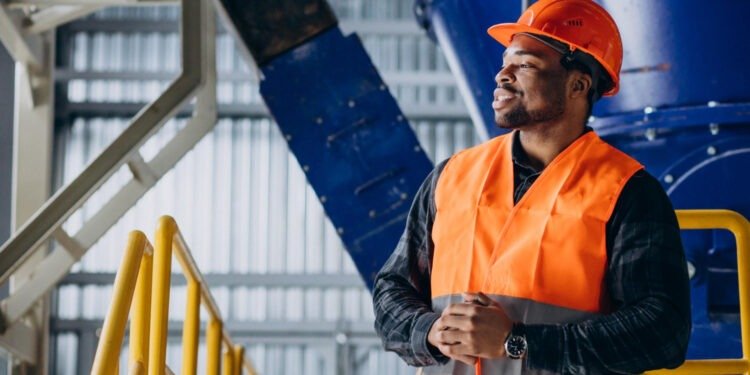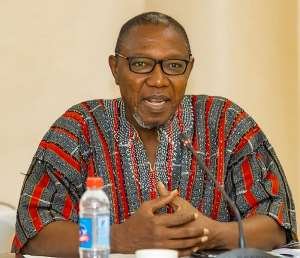Across the world, seafood lovers and small-scale fishers are facing a growing threat: seafood fraud. From mislabeled catches to undeclared additives, deceptive practices are undermining livelihoods, endangering food safety, and eroding trust in what ends up on our plates.
Now, a new global initiative backed by the United Nations is deploying advanced nuclear science to protect consumers and ensure the fish they depend on is authentic, safe, and fully traceable.
Seafood consumption per person has doubled since the 1960s and is expected to double again by 2050, making the problem even more urgent. While the Food and Agriculture Organization (FAO) estimates that the fisheries and aquaculture sector directly employs 62 million people, about 600 million livelihoods worldwide rely on it.
Seafood fraud can take many forms, from swapping high-value species with cheaper substitutes to using unauthorized or hidden additives. It can happen at any point in the supply chain, particularly as global seafood trade becomes more complex and harder to monitor. Experts say national and international food control systems must adopt stronger, targeted analytical methods to stop such fraud before it reaches consumers.
UN-Backed Project Targets Global Seafood Fraud
In response, the Food and Agriculture Organization (FAO) and the International Atomic Energy Agency (IAEA) have teamed up on a five-year coordinated research project to help countries strengthen food control systems and curb seafood fraud.
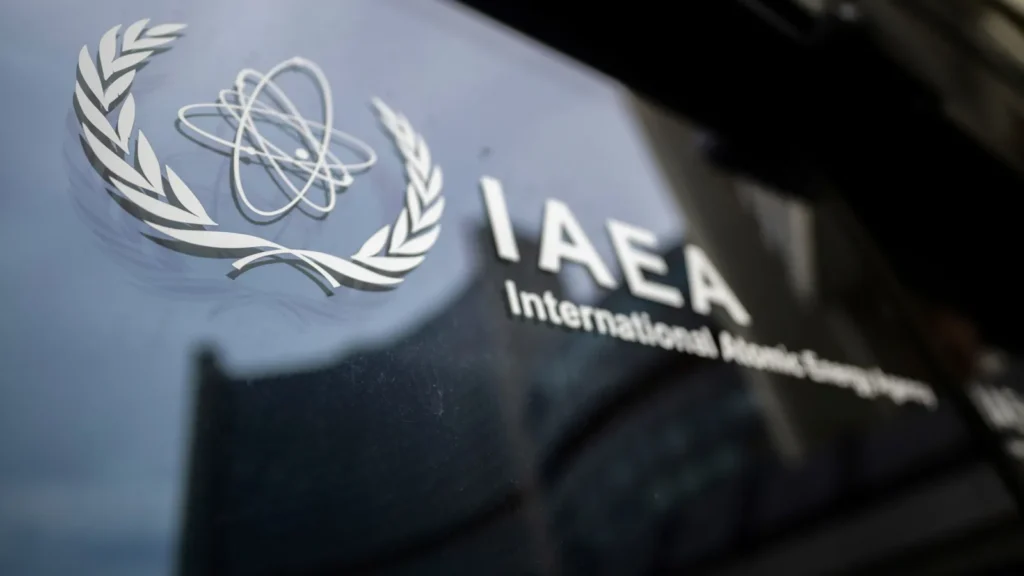
The project will operate through the Joint FAO/IAEA Centre of Nuclear Techniques in Food and Agriculture, providing countries with scientific expertise and training to verify seafood authenticity and boost transparency across supply chains.
“This IAEA project provides Member States with a valuable opportunity to collaborate in combating fraud and de-risking the seafood supply chain using robust nuclear science-based tools,” said Debashish Mazumder from the Australian Nuclear Science and Technology Organization, one of the IAEA’s key partners in sustainable development initiatives.
The IAEA’s Food Safety and Control Laboratory will support participating countries in applying nuclear and related analytical techniques to safeguard trade in safe, genuine seafood. Among its most effective tools is stable isotope ratio analysis of light elements such as oxygen. This method allows scientists to determine the geographical origin of fish and verify whether it was wild-caught, as the isotope ratios reflect the environmental and ecological conditions where the fish lived.
By harnessing this technology, authorities can detect fraud more accurately, reassure consumers about the safety and origin of their seafood, and protect fisherfolk who depend on sustainable aquatic resources.
Seafood authentication not only preserves consumer trust but also strengthens food control systems, supports sustainable fishing practices, and enhances resilience in a market that is projected to keep expanding in the decades ahead. With the combination of cutting-edge science and global collaboration, the initiative aims to ensure that what ends up on our plates truly matches what is promised on the label.
READ ALSO: Government’s 2025 Deficit Target at Risk Despite Strong First-Half Expenditure Restraint



